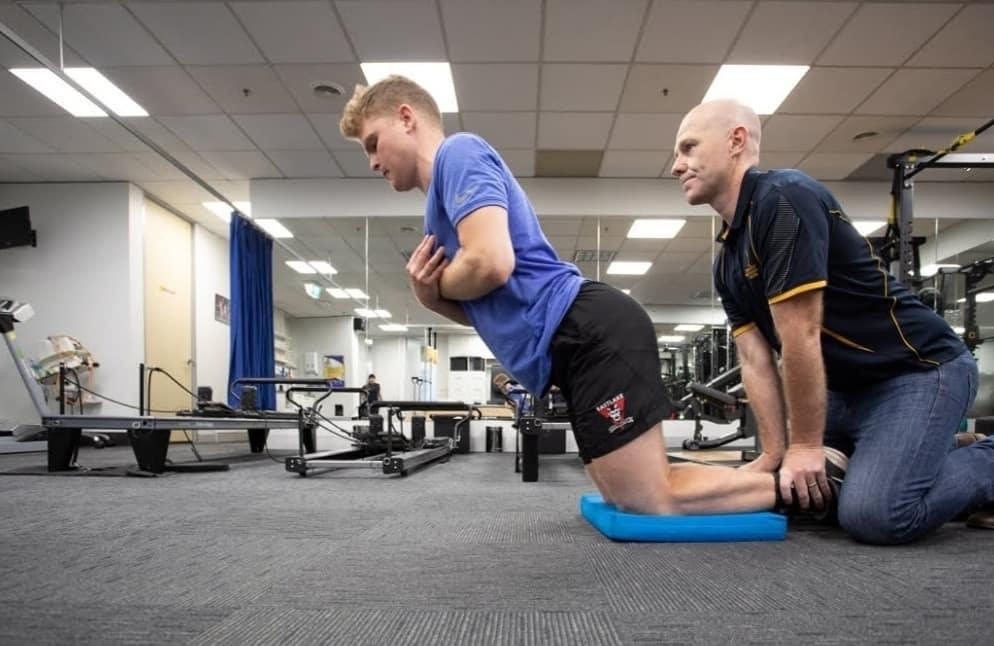frizzle
Norm Smith Medallist
Found this interesting from a Physio on Linkedin via Twitter
I know nothing of the exercise, but if it does reduce hamstring strains by 50% it must be worth a look if we aren't already using it. Hamstring strains have been our bug bear for a number of years.
Injury prevention
Mick Hughes
Physiotherapist at Melbourne Sports Medicine Centre
8h · Edited
I've never seen an exercise that is so hotly debated than the Nordic Hamstring Curl. Earlier this year a systematic review and meta-analysis showed that when Nordic Hamstring Exercises were added to injury prevention programs, they reduced the risk of hamstring strains by 50% when compared to "usual" training or injury prevention programs that didn't include Nordics (van Dyk et al, 2019). Of course Nordics shouldn't be the only thing to be considered when trying to reduce hamstring strains. Hip dominant exercises such as RDLs & regular exposure to high speed running also play a role in hamstring injury prevention. But when an exercise is handed to you on a silver platter, that: 1) has been shown to significantly reduce hamstring injury risk in your athletes 2) only requires someone or something to hold your ankles down 3) has also been shown to improve athlete's sprint times & change of direction ability 4) requires little effort to maintain strength gains throughout the competitive season (2x4 reps) And they're not included in the rehab plan or S&C plan!? Maybe I'm missing something, but I just don't get it. Thoughts and comments on this topic are more than welcomed Want to learn more about sports physio topics? Make sure you're following Learn.Physio
Want to learn more about sports physio topics? Make sure you're following Learn.Physio

I know nothing of the exercise, but if it does reduce hamstring strains by 50% it must be worth a look if we aren't already using it. Hamstring strains have been our bug bear for a number of years.
Injury prevention
Mick Hughes
Physiotherapist at Melbourne Sports Medicine Centre
8h · Edited
I've never seen an exercise that is so hotly debated than the Nordic Hamstring Curl. Earlier this year a systematic review and meta-analysis showed that when Nordic Hamstring Exercises were added to injury prevention programs, they reduced the risk of hamstring strains by 50% when compared to "usual" training or injury prevention programs that didn't include Nordics (van Dyk et al, 2019). Of course Nordics shouldn't be the only thing to be considered when trying to reduce hamstring strains. Hip dominant exercises such as RDLs & regular exposure to high speed running also play a role in hamstring injury prevention. But when an exercise is handed to you on a silver platter, that: 1) has been shown to significantly reduce hamstring injury risk in your athletes 2) only requires someone or something to hold your ankles down 3) has also been shown to improve athlete's sprint times & change of direction ability 4) requires little effort to maintain strength gains throughout the competitive season (2x4 reps) And they're not included in the rehab plan or S&C plan!? Maybe I'm missing something, but I just don't get it. Thoughts and comments on this topic are more than welcomed
 Want to learn more about sports physio topics? Make sure you're following Learn.Physio
Want to learn more about sports physio topics? Make sure you're following Learn.Physio



